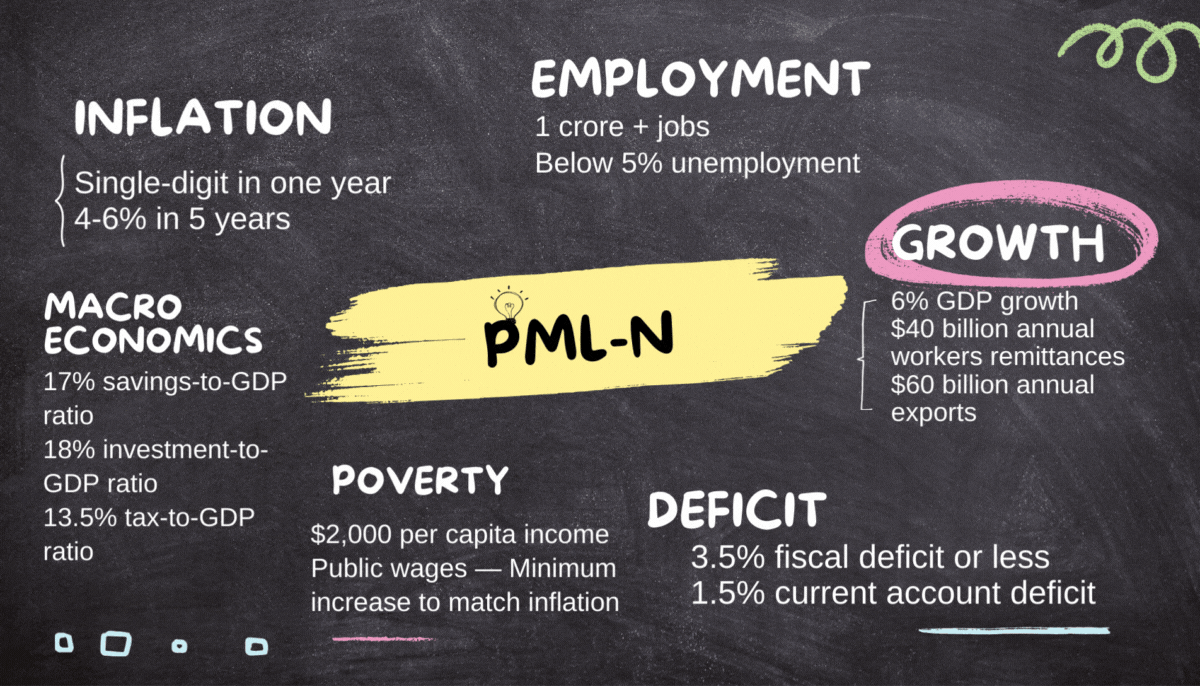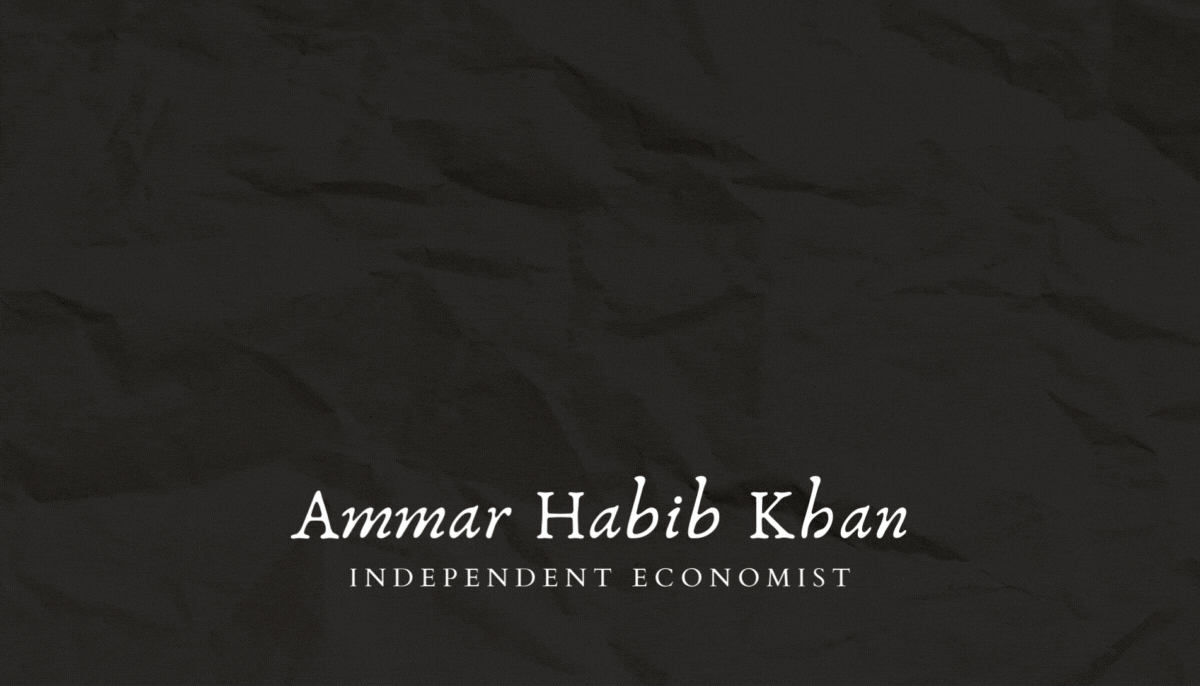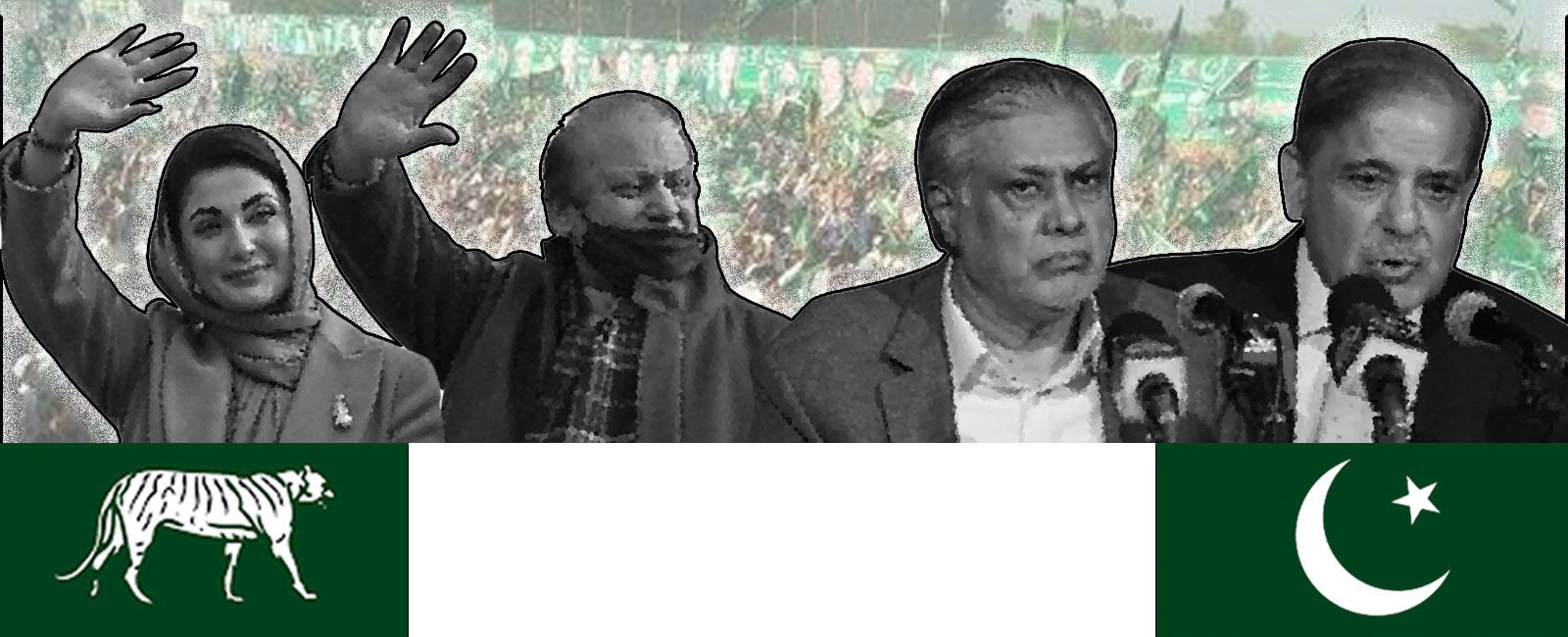Elections 2024: PML-N's economic promises — Can they deliver?
It remains to be seen if these pledges will usher in new era of sustainable growth and stability — if PML-N comes to power

The Pakistan Muslim League-Nawaz (PML-N) has launched an ambitious economic growth agenda days ahead of the February 8 general elections, touting it as the master plan that will sooner or later land Pakistan among the top 20 economies of the world.
Central to their commitments is the pledge to generate one crore (10 million) jobs and achieve a robust 6% GDP growth. The party's vision emphasises sustainable development, job creation, and substantial GDP growth as pivotal components in elevating Pakistan's global economic standing.
However, as voters evaluate these sweeping economic targets, the Nawaz-led party faces the challenge of elucidating a comprehensive and viable strategy to transform these pledges into concrete realities.

The PML-N is recognised as one of Pakistan’s major political parties and has been elected to power consistently, especially in Punjab. However, not many have been happy with their performance.
The party’s financial matters have mostly been dealt with by Ishaq Dar as elements within the PML-N continue to believe in ‘Daronomics’ — which analysts have termed “disastrous for the economy”.
The business community believes that Dar only believes in short-term decisions, which impact the economic fundamentals in the long run; however, PML-N’s election manifesto for 2024-29 is focused on long-term promises which include:
- Single-digit inflation — One-year target
- 4-6% inflation — Five-year target
- 1 crore + jobs — Five-year target
- Below 5% unemployment — Five-year target
- Under 25% poverty — Five-year target
- 6% GDP growth — Three-year target
- $2,000 per capita income —Five-year target
- 3.5% fiscal deficit or less — Four-year target
- Public wages — Minimum increase to match inflation
- 17% savings-to-GDP ratio — Five-year target
- 18% investment-to-GDP ratio — Five-year target
- $40 billion annual workers remittances
- $60 billion annual exports — Five-year target
- 13.5% tax-to-GDP ratio — Five-year target
- 1.5% current account deficit as % of GDP
A look back at 2013-18
To further understand whether PML-N will be able to translate these promises into tangible outcomes, let’s take a look at the party’s performance in its last tenure 2013-18.
In its election manifesto for 2013, the PML-N promised much but delivered little in terms of economic performance. The gap between what was said and what was done pushed the country into a deep debt trap, increased income inequality, and an increasing number of question marks hovering over the economic outlook.
Barring progress on the pace of inflation and increasing national output, which grew from 3.7% to 5.3% in four years (2013-17), the government’s performance remained questionable on all economic fronts.
Even the annual economic growth of 5.3% in the fiscal year 2016-17 was the result of growth in the services sector, which is not labour-intensive.
| Indicators | 2013 | 2017 |
| National output | 3.7% | 5.3% |
| Literacy rate | 60% | 58% (2016) |
| Foreign currency reserves | $6bn | $16.2bn |
| External debt and liabilities | $61bn | $83bn |
| Country's total debt | Rs15.56tr | Rs24tr |
| Current account deficit | $2.5bn | $12.1bn |
| Exports | $24.5bn | $20.42bn |
Independent economist Ammar Habib Khan told Geo.tv that the PML-N has not demonstrated any ability to execute structural reforms.
“It has demonstrated an unhealthy obsession with maintaining an arbitrarily fixed exchange rate while keeping an overvalued Pakistani rupee — thereby resulting in exacerbation of structural imbalances,” he said, adding that Dar had time and again led his policies with an overvalued Pakistani rupee, destroying the industrial and export base.
“If the same policies are imposed again, it may only result in a disaster,” he maintained.
PPP or PML-N — Who’s the favourite for next govt?
The PML-N has once again promised a lot, but does the party have a concrete plan to execute these? Economist Rabeea Khan recalls that recently the ex-finance minister Dar was asked: "if his government is ready for another International Monetary Fund (IMF) programme and whether they have done their homework to avoid what happened in 2022 when the Pakistan Democratic Movement (PDM) government couldn’t revive the programme for about four months". Dar, instead of giving a straight answer rambled about how during the last negotiations the external financing required to support the economy was much less than what the IMF had predicted, Rabeea added.
“Such comments reiterate the trust deficit we have seen between Dar and the lending agency during different eras of PML-N. His controlled approach towards economy — be it the exchange rate or interest rates — is against the basic principles of IMF.”
She further added that being in an election year political parties were announcing populist measures rather than tough structural reforms needed to revive the economy.
“PML-N is no different in this regard as they announced that their government will provide free electricity to the consumers of 200 units when they come into power. Any subsidy given without having clarity as to how it will be funded is against what the IMF expects as a lender.
Therefore it would be crucial to see if the element of mistrust remains between IMF and Dar as finance minister or the latter has learned his lesson,” the economist maintained.
Rabeea highlighted that another much-needed action that had always been on the cards but never materialised is the need to privatise loss-making entities. On this front, PML-N and the newly formed Special Investment Facilitation Council (SIFC) seem to be on the same page.
The purpose behind SIFC formation is to provide a one-window support to anyone who wants to bring investment in Pakistan and it will be a major support if PML-N comes into power.
“Dar in a recent interview categorically mentioned that his government would want to go for privatisation aggressively, whereas Bilawal’s recent interview indicated towards public-private partnership. Which also makes one think that Pakistan Peoples Party (PPP) will not be a favourite for the next government,” she maintained.

While analysts have different views a report published by Bloomberg Economics mentioned that Pakistan's economy, under Nawaz Sharif's premiership — who ruled the country thrice — performed at its best over the past three decades as compared to his rivals' tenures.
The report also found that Sharif's PML-N scored better than Imran Khan's Pakistan Tehreek-e-Insaf (PTI) and Bilawal Bhutto Zardari's Pakistan People's Party (PPP) by using a misery index — which informally measures an economy's state by adding its inflation and unemployment rate.
"Bloomberg Economics used an average of the index values over the respective years when each of the major political parties ruled the country since 1990. A higher value indicates more economic hardship for citizens," said the publication.
It should be noted that Pakistan's economy is still deep in the woods and the electorate now demands more than rhetoric — a concrete and actionable plan to steer the country toward prosperity.
The success of PML-N's vision hinges on its ability to transcend the historical pattern of promises and transform them into tangible outcomes.
As the electorate looks forward to the implementation of the party's economic strategy, if it comes to powers, it remains to be seen whether these pledges will serve as a transformative force, ushering in a new era of sustainable growth and stability.




